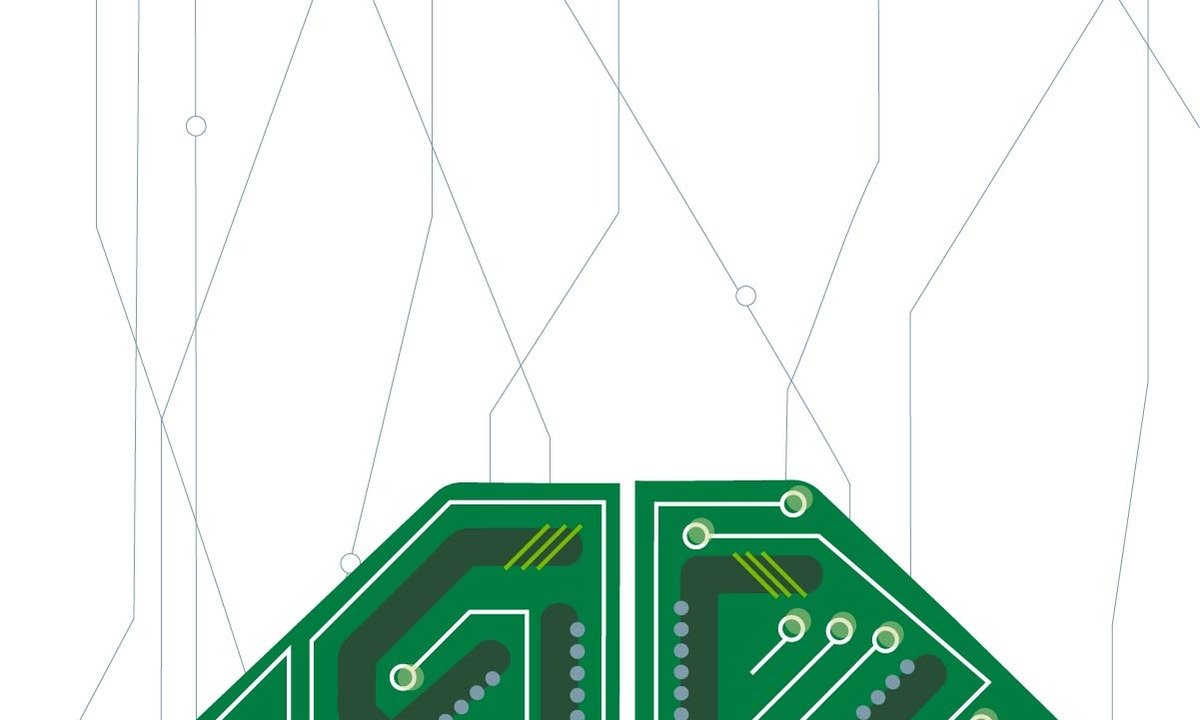GRATIS
Acerca de este curso
- Introduction to Neural Networks
- This module introduces Deep Learning, Neural Networks, and their applications. You will go through the theoretical background and characteristics that they share with other machine learning algorithms, as well as characteristics that make them stand out as great modeling techniques for specific scenarios. You will also gain some hands-on practice on Neural Networks and key concepts that help these algorithms converge to robust solutions.
- Back Propagation Training and Keras
- In this module, you will learn about the maths behind the popular Back Propagation algorithm used to optimize neural networks. In the Back Propagation notebook, you will also see and understand the use of activation functions. The main purpose of most activation function is to introduce non-linearity in the network so it would be capable of learning more complex patterns. Last, but not least, you will learn to use functions and APIs from the Keras library to solve tasks that involve neural networks, and these tasks start with loading images.
- Neural Network Optimizers
- You can leverage several options to prioritize the training time or the accuracy of your neural network and deep learning models. In this module you learn about key concepts that intervene during model training, including optimizers and data shuffling. You will also gain hands-on practice using Keras, one of the go-to libraries for deep learning.
- Convolutional Neural Networks
- In this module you become familiar with convolutional neural networks, also known as space invariant artificial neural networks, a type of deep neural networks, frequently used in image AI applications. There are several CNN architectures, you will learn some of the most common ones to add to your toolkit of Deep Learning Techniques.
- Transfer Learning
- In this module, you will understand what is transfer learning and how it works. You will implement transfer learning in 5 general steps using a variety of popular pre-trained CNN architectures, such as VGG-16 and ResNet-50. You will study the differences among those CNN architectures and see how the invention of each solves the problem of its predecessors. Last, but not least, as we are moving to working with deeper neural networks, you will also be equipped with regularization techniques to prevent overfitting of complex models and networks.
- Recurrent Neural Networks and Long-Short Term Memory Networks
- In this module you become familiar with Recursive Neural Networks (RNNs) and Long-Short Term Memory Networks (LSTM), a type of RNN considered the breakthrough for speech to text recongintion. RNNs are frequently used in most AI applications today, and can also be used for supervised learning.
- Autoencoders
- In this module you become familiar with Autoencoders, an useful application of Deep Learning for Unsupervised Learning. Autoencoders are a neural network architecture that forces the learning of a lower dimensional representation of data, commonly images. In this module you will learn some Deep learning-based techniques for data representation, how autoencoders work, and to describe the use of trained autoencoders for image applications
- Generative Models and Applications of Deep Learning
- In this module, you will learn about two types of generative models, which are Variational Autoencoders (VAEs) and Generative Adversarial Networks (GANs). We will look at the theory behind each model and then implement them in Keras for generating artificial images. The goal is usually to generate images that are as realistic as possible. In the last lesson of this module, we will touch on additional topics in deep learning, namely using Keras in a GPU environment for speeding up model training.
- Reinforcement Learning
- In this module you become familiar with other novel applications of Neural Networks. You will learn about Generative Adversarial Networks, frequently referred to as GANs, which are an application of Neural Networks to generate new data. Finally, you learn about Reinforcement Learning, one of the big promises for A.I., based on training algorithms by using rewards, instead of using a method to minimize error, which is what we have been using throughout the course.
Cursos relacionados

GRATIS Aprendiendo a aprender: Poderosas herramientas mentales…
Deep teaching solutions
Español

GRATIS Programación para todos (Introducción a Python)
University of Michigan
Inglés

GRATIS The Science of Well-Being
Yale
Inglés

GRATIS Negociación exitosa: Estrategias y habilidades esenciales
University of Michigan
Inglés

GRATIS Primeros Auxilios Psicológicos (PAP)
Universitat Autónoma de Barcelona
Español



